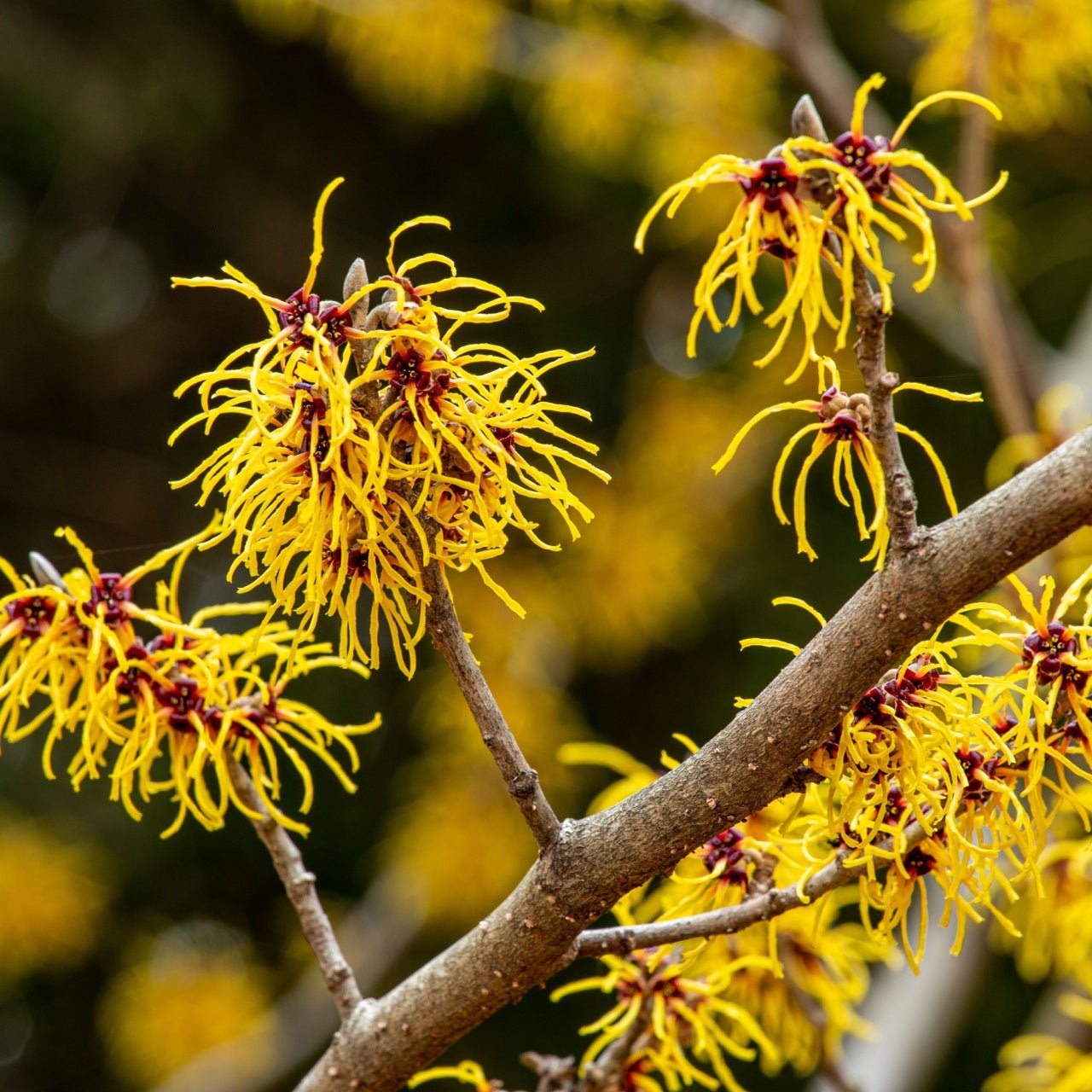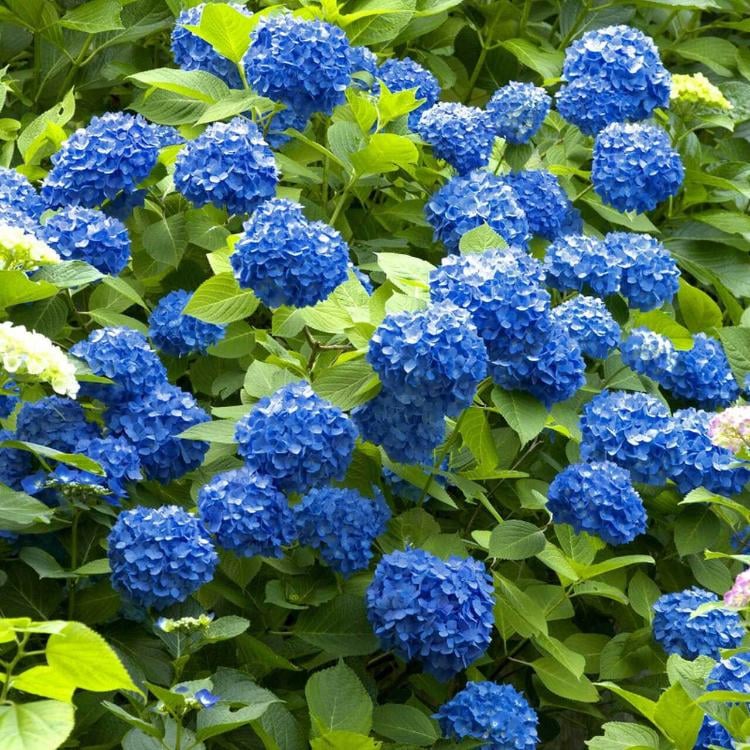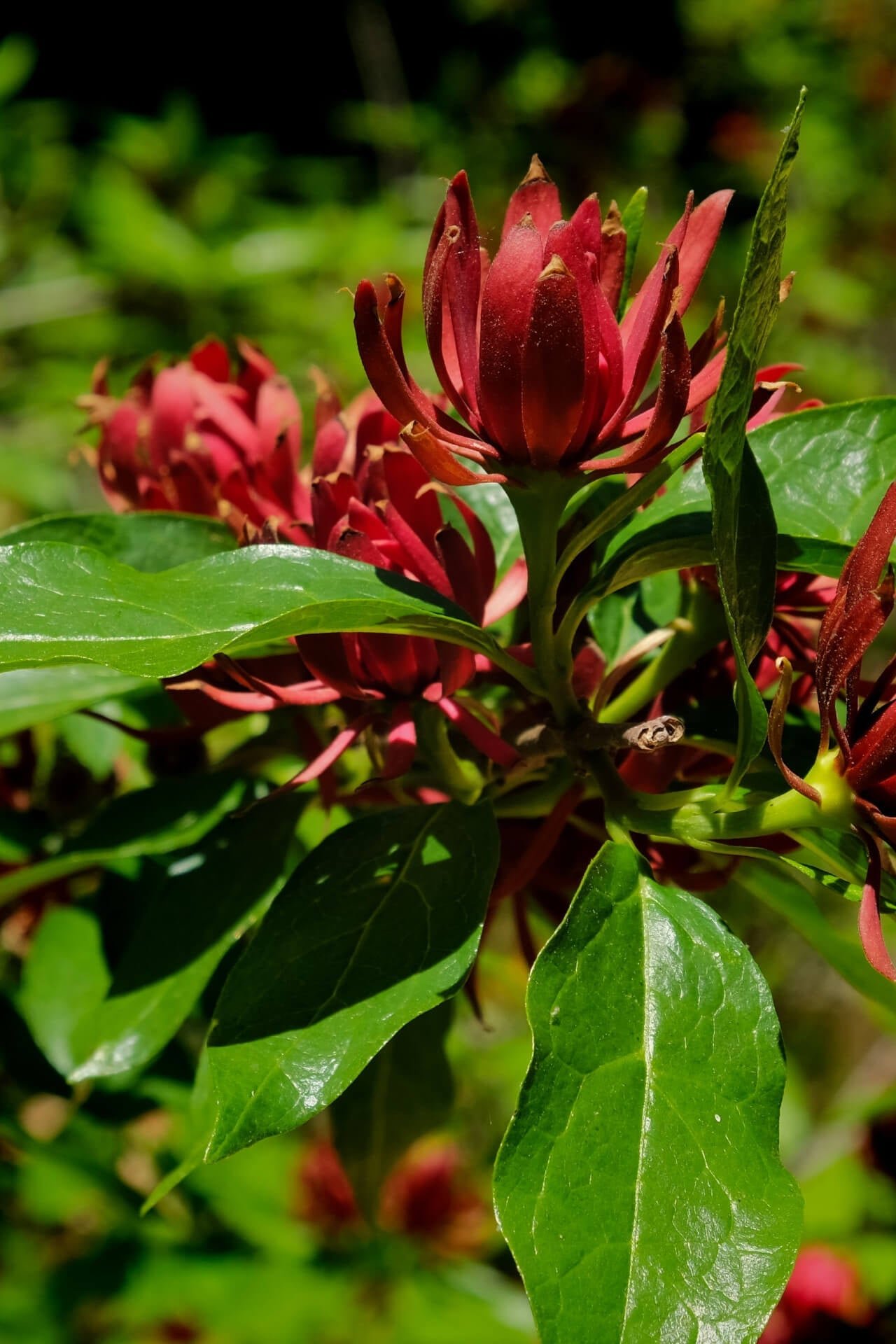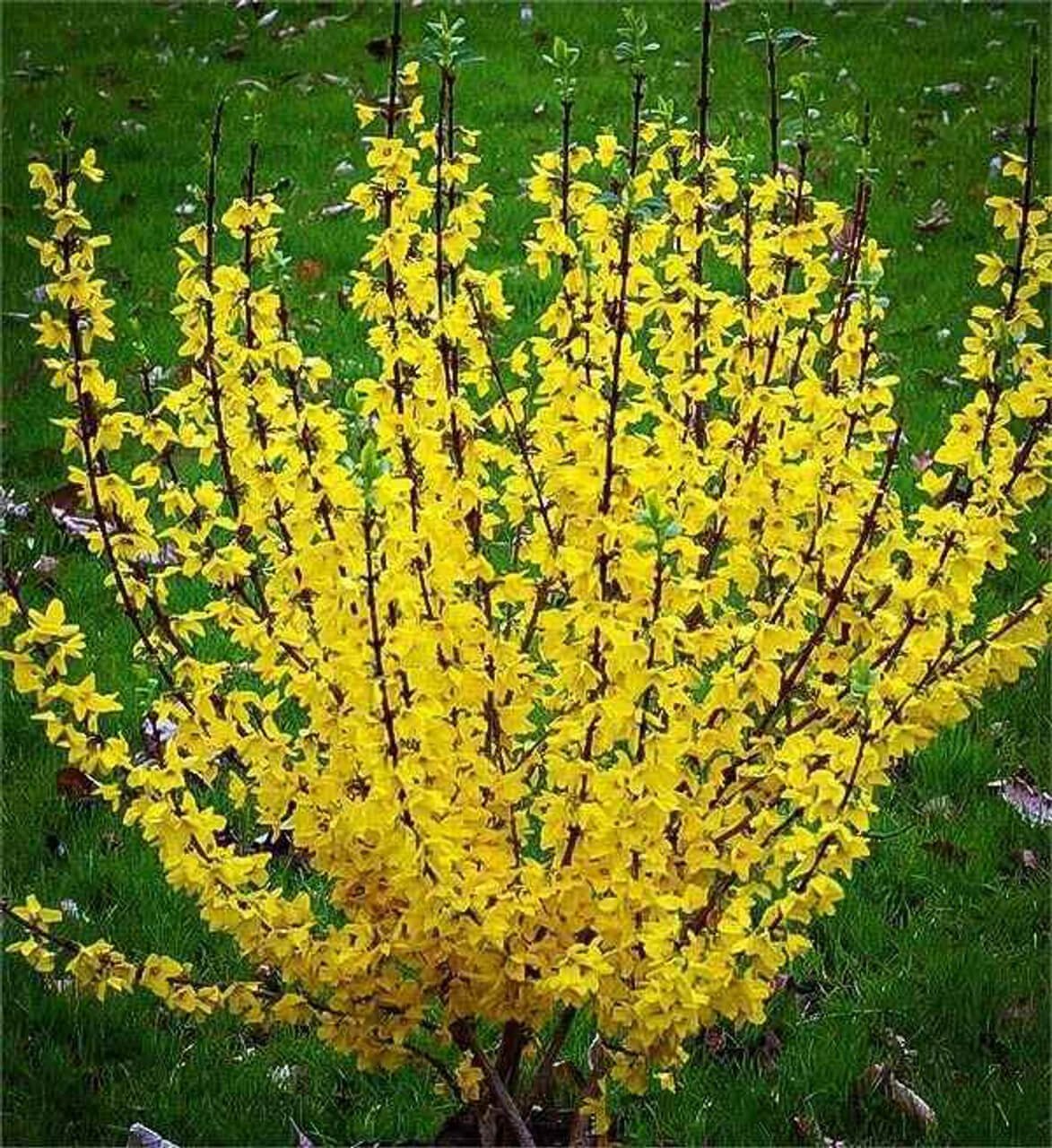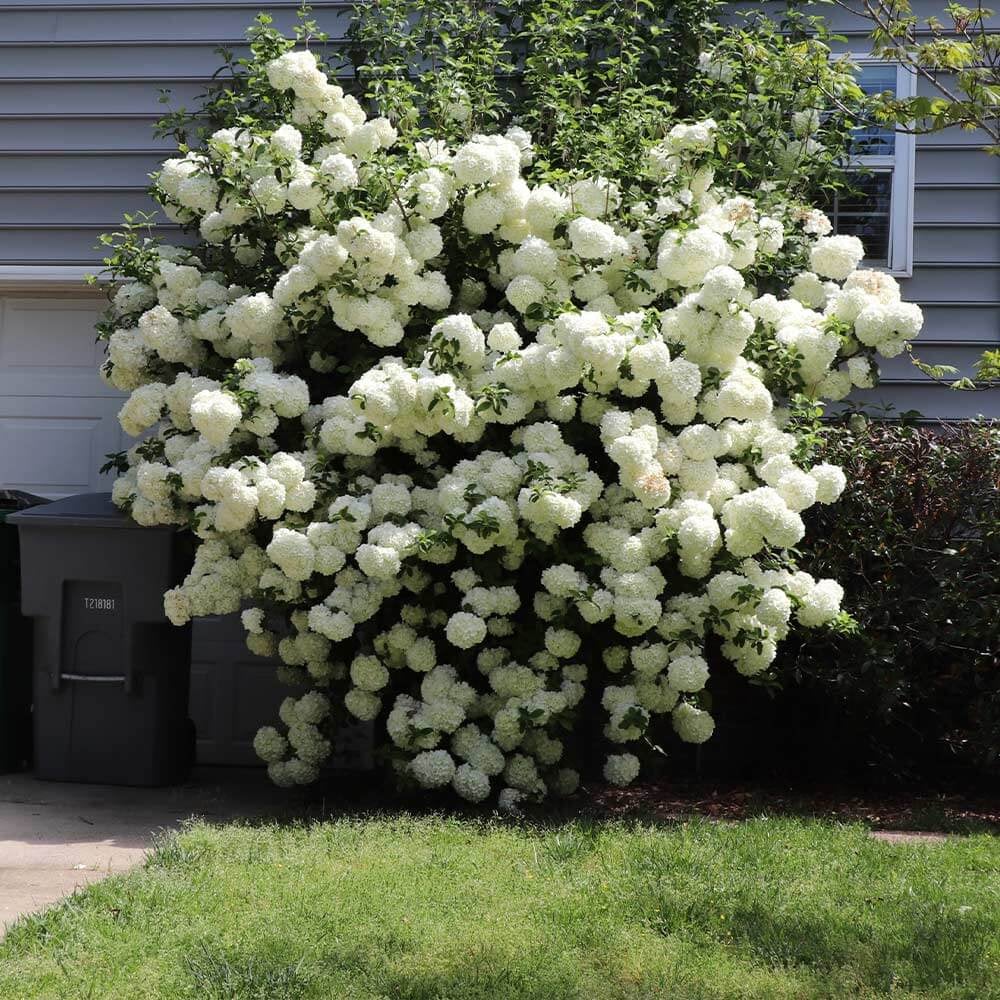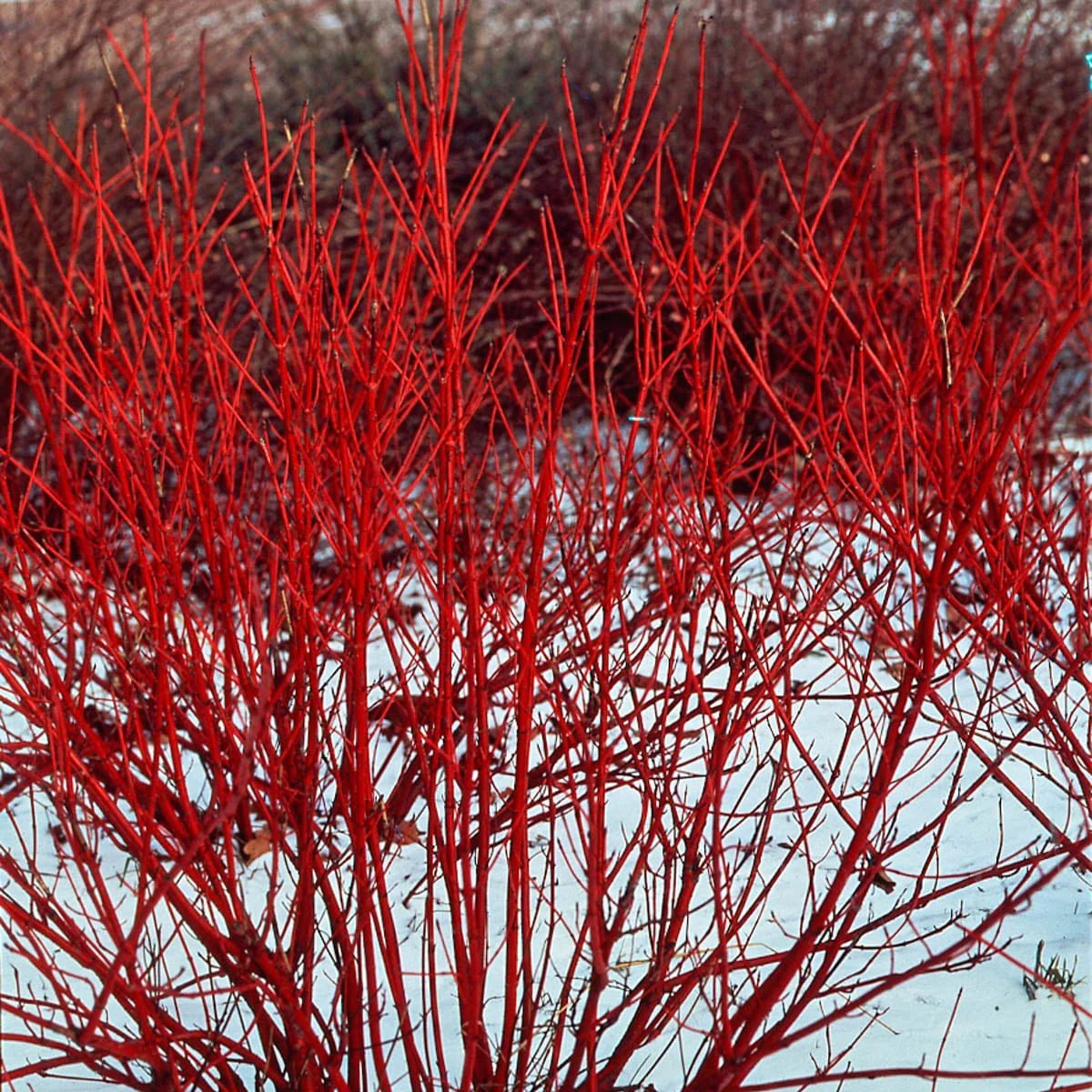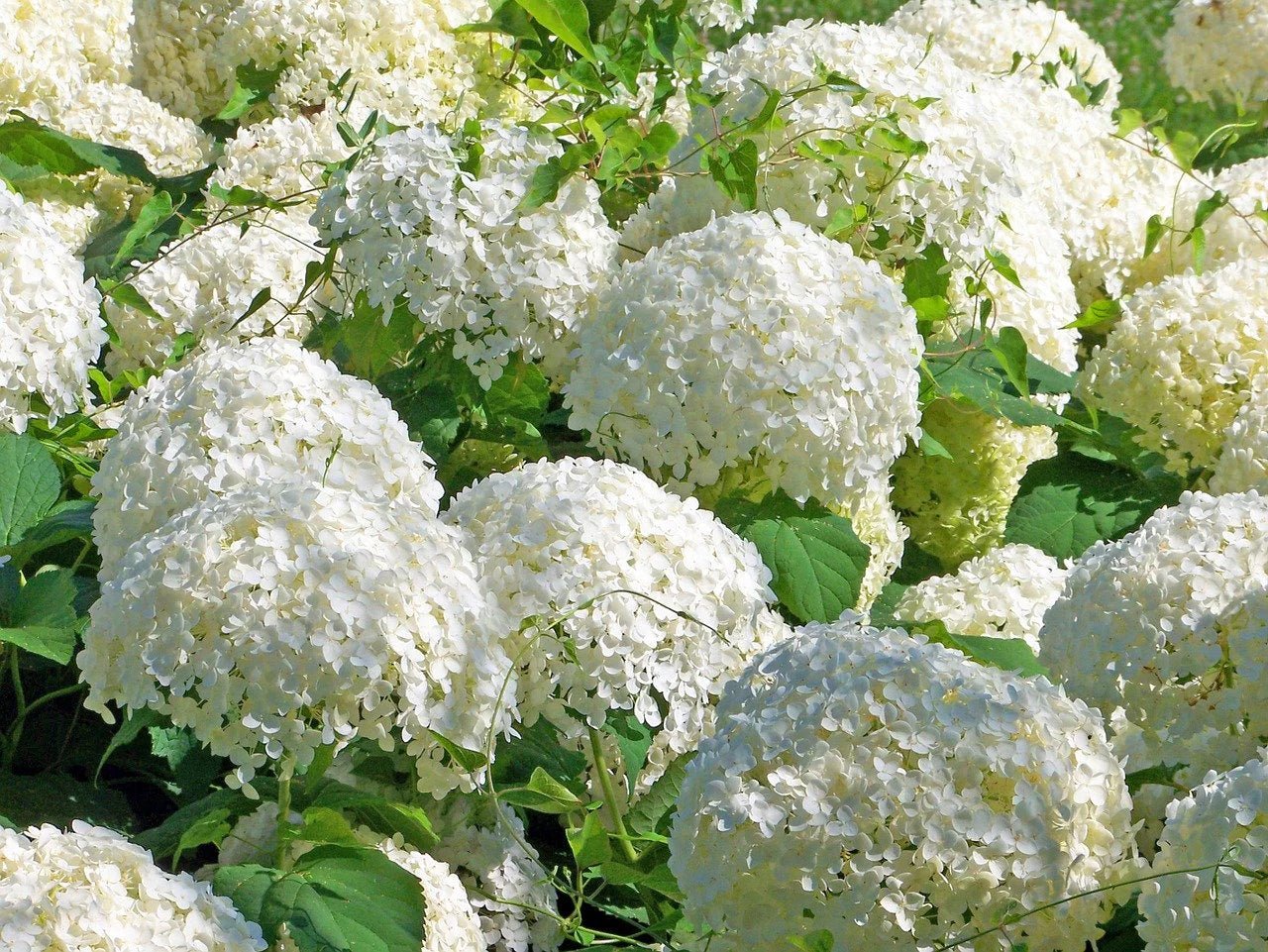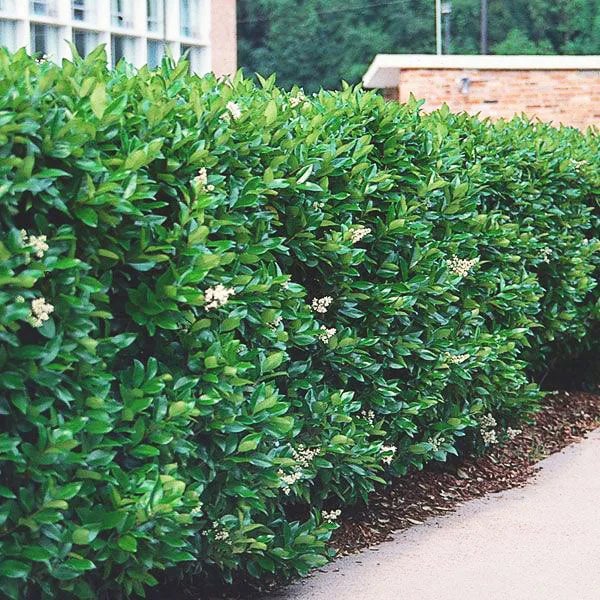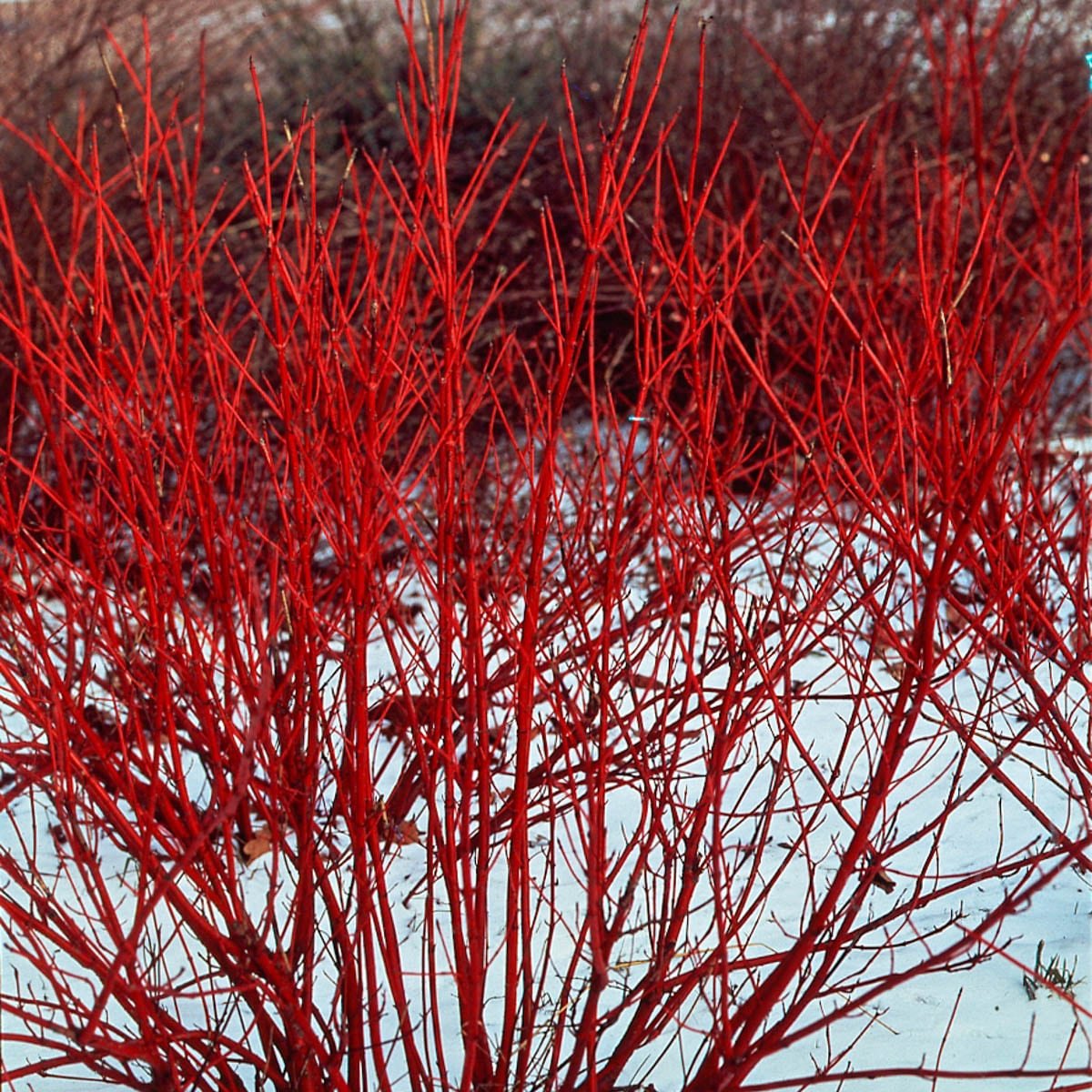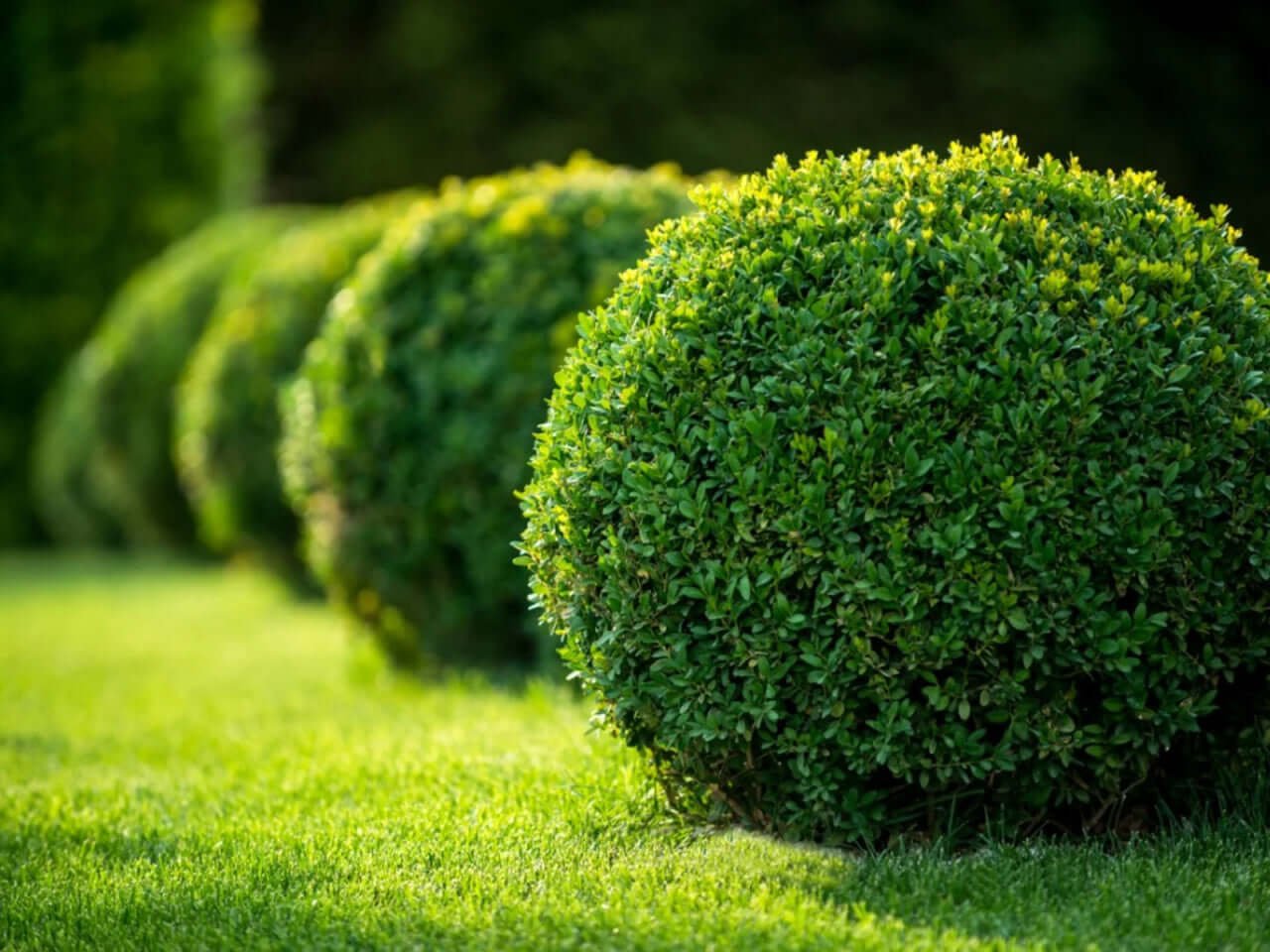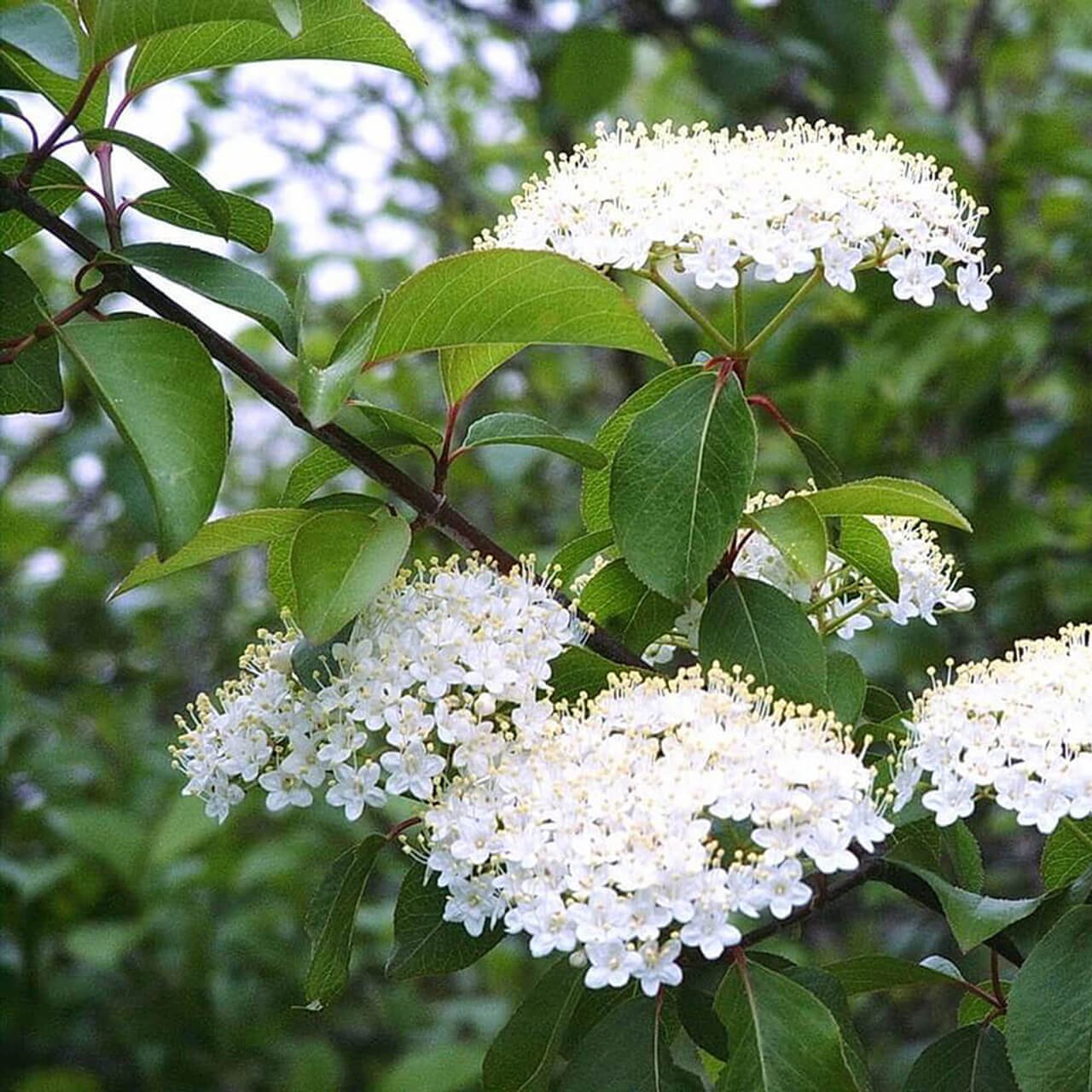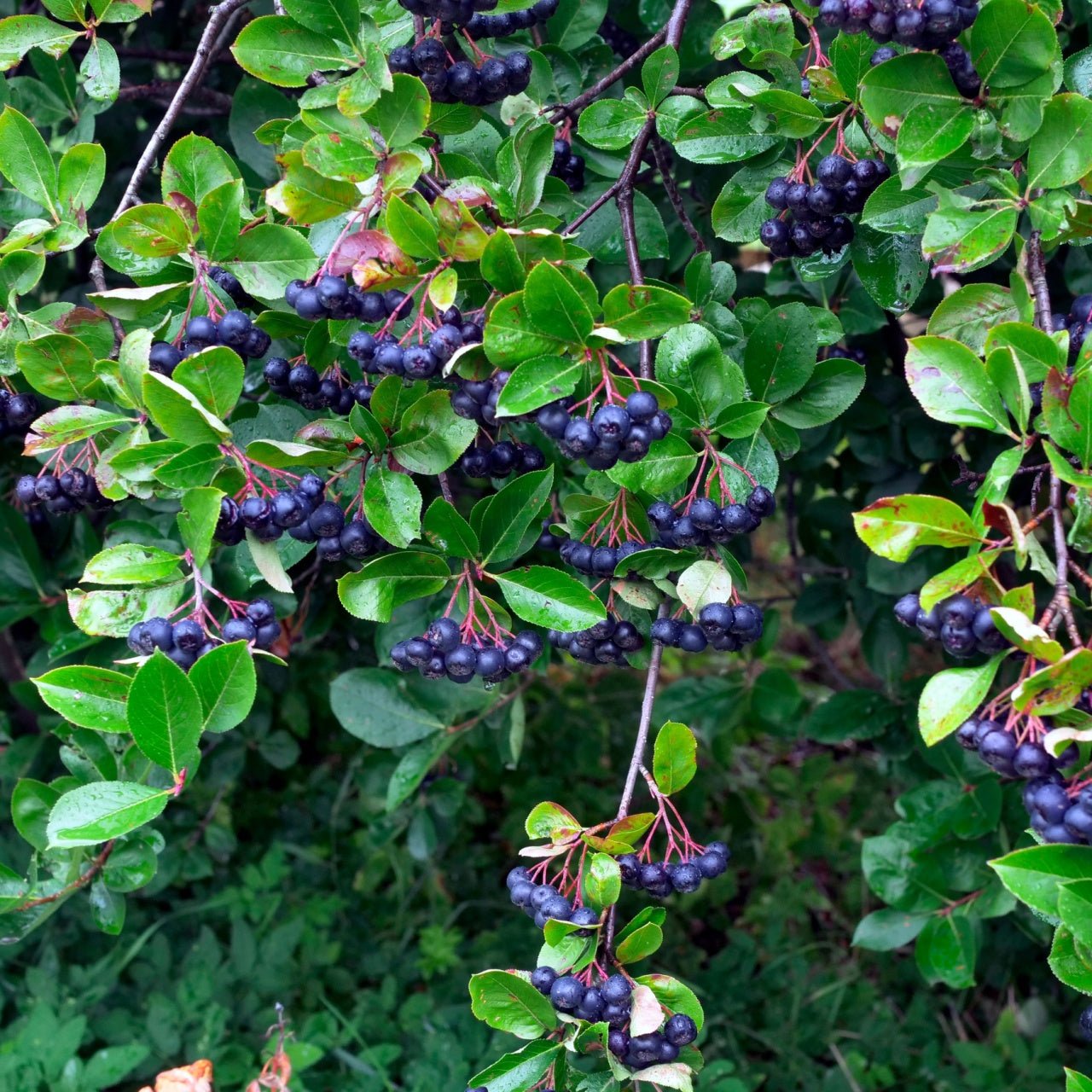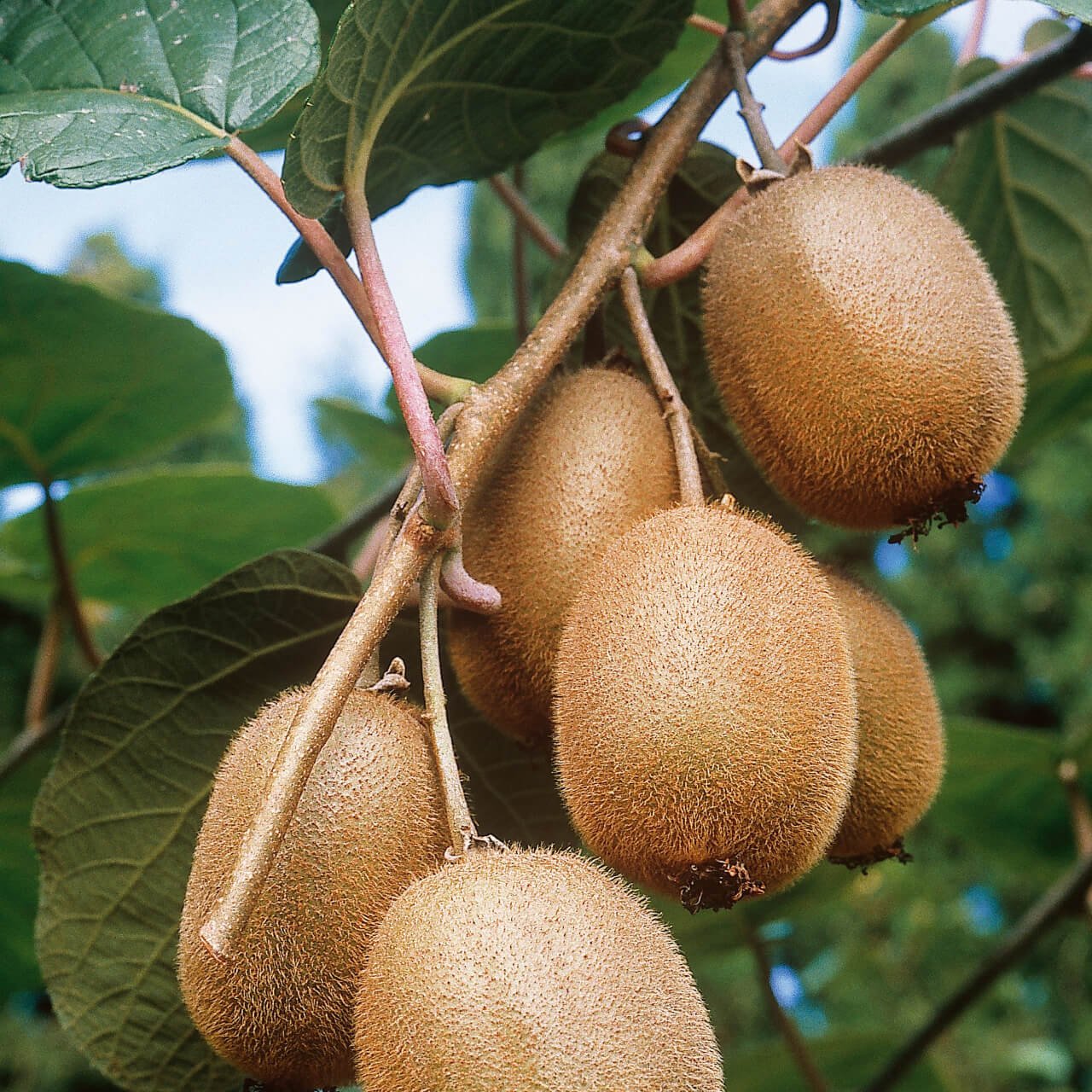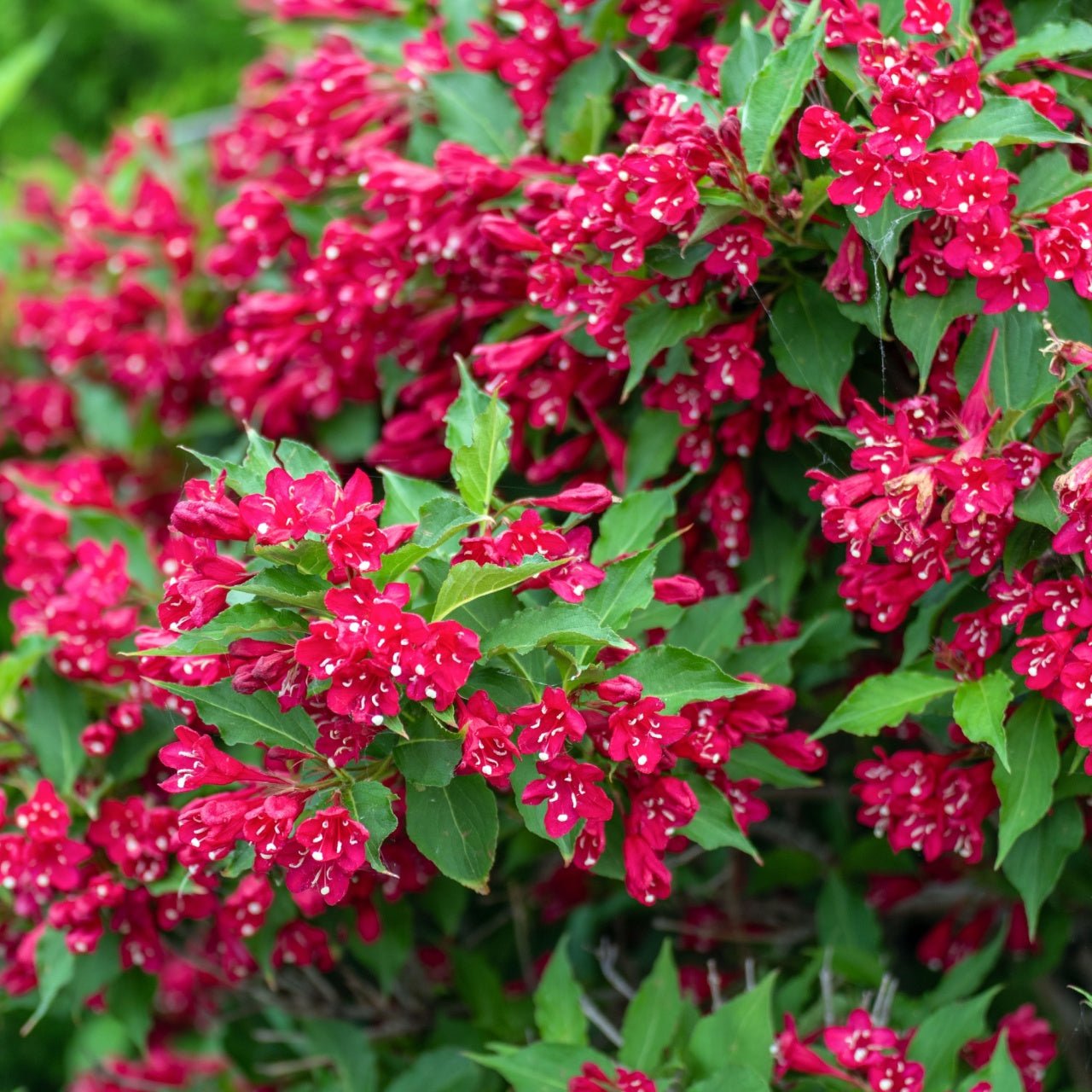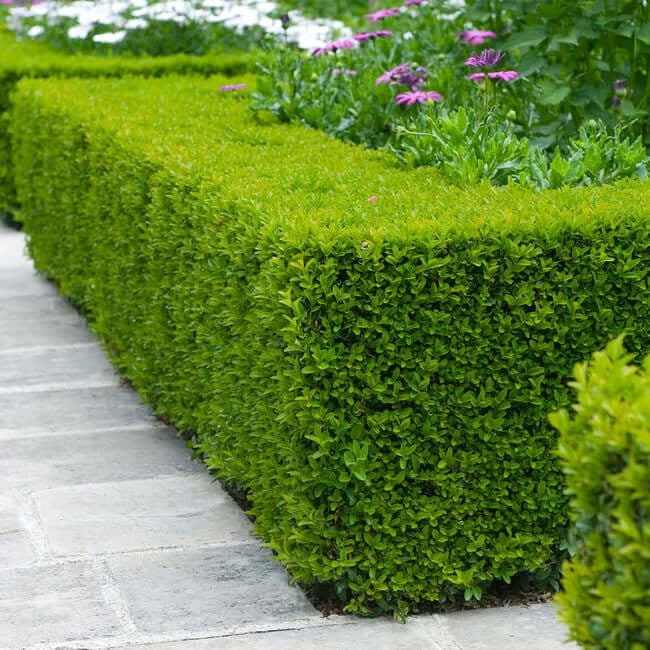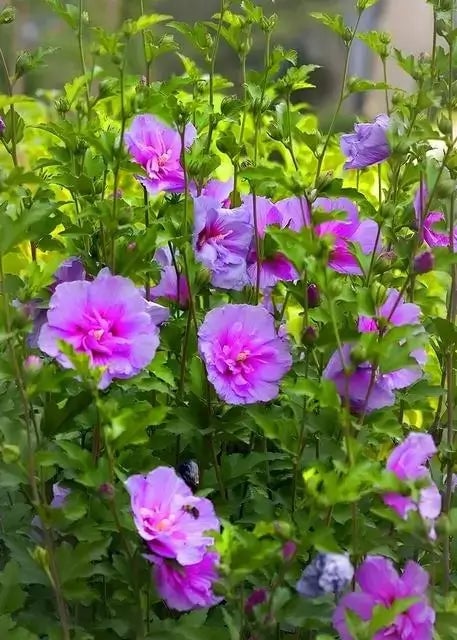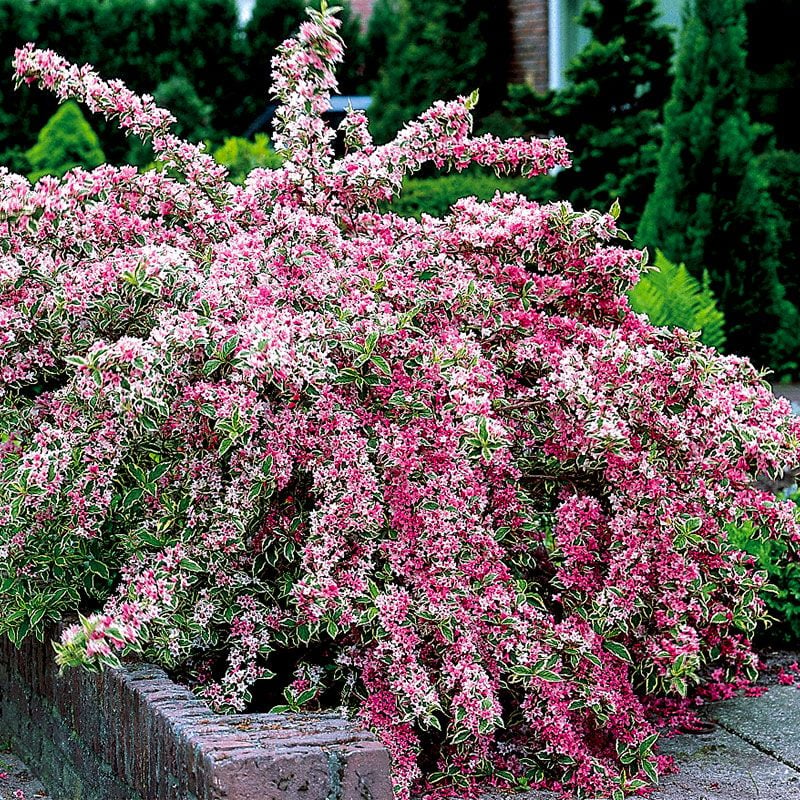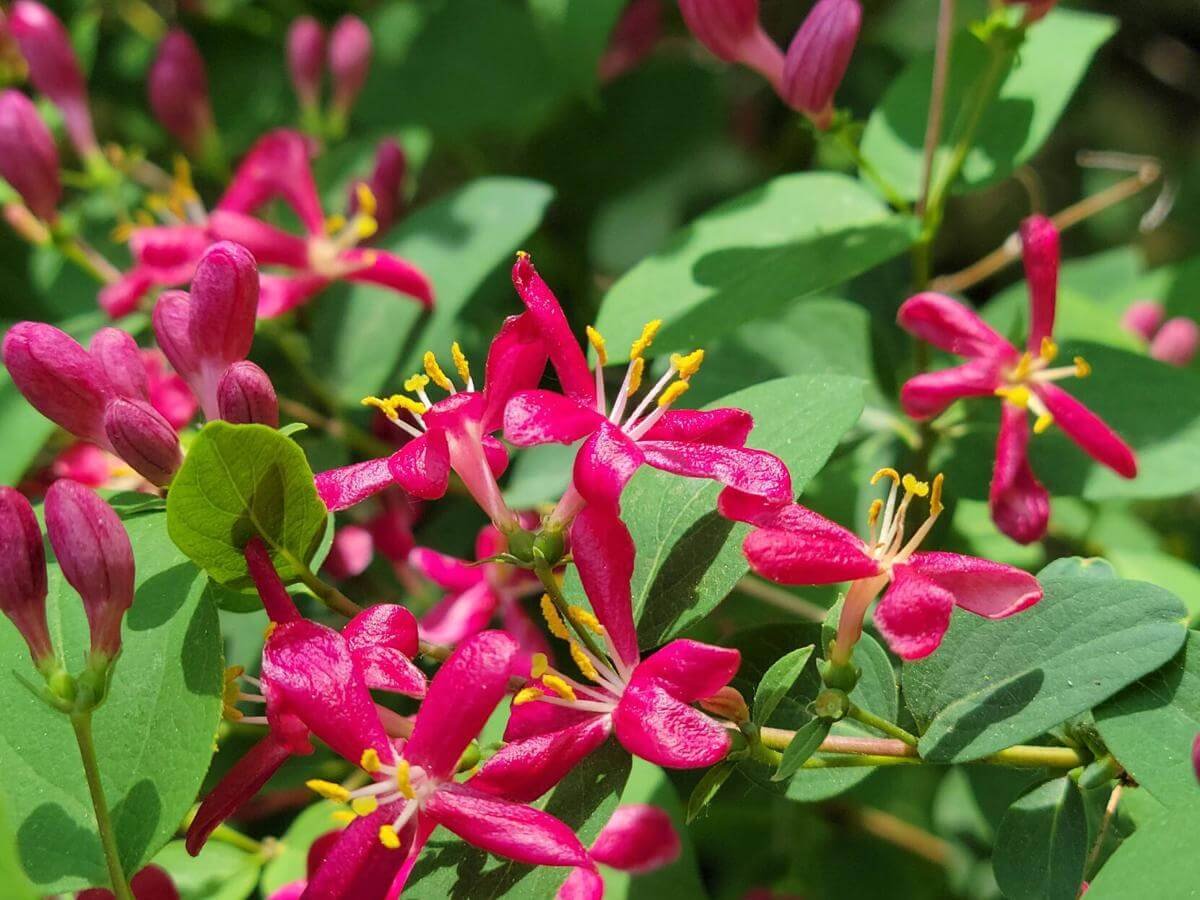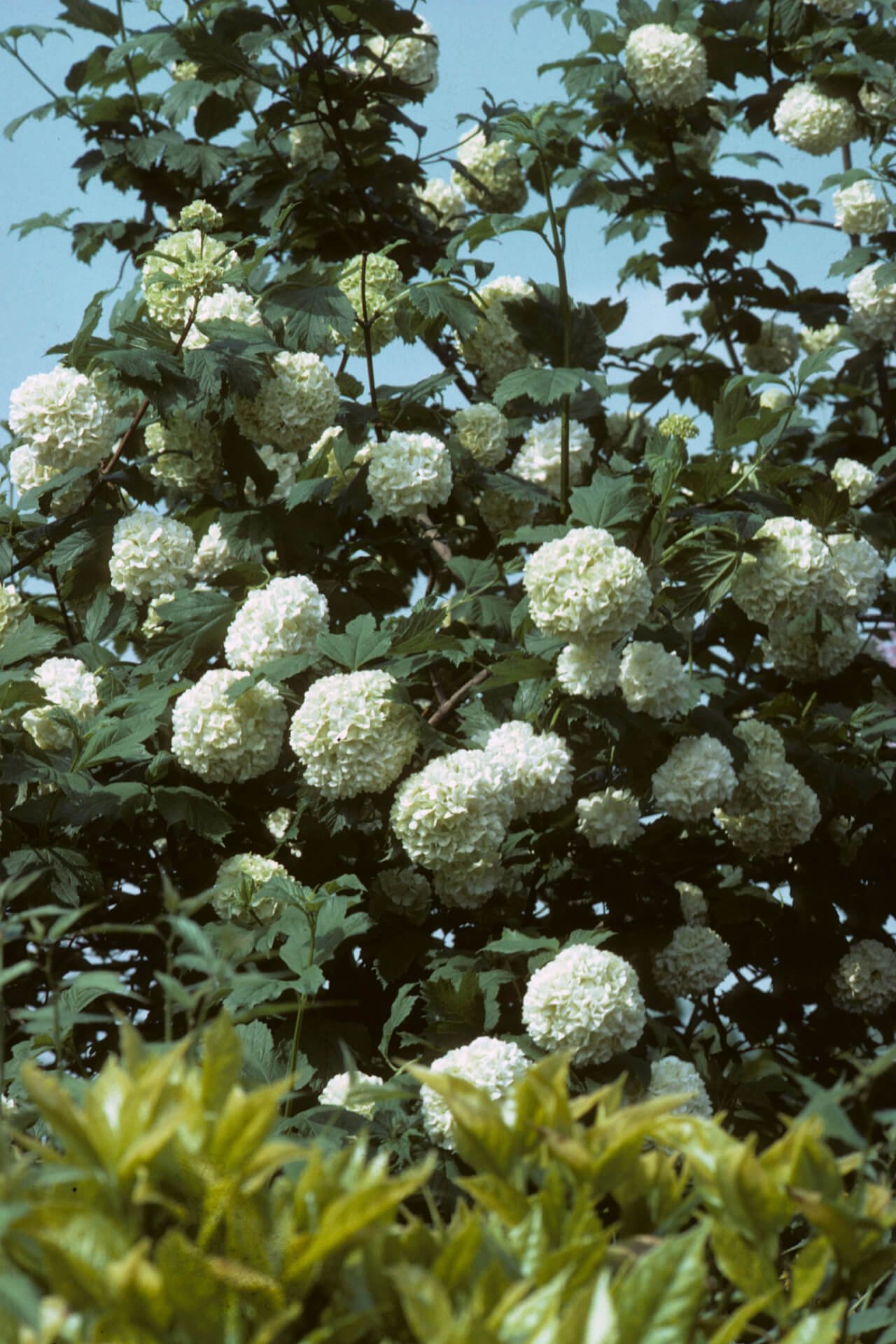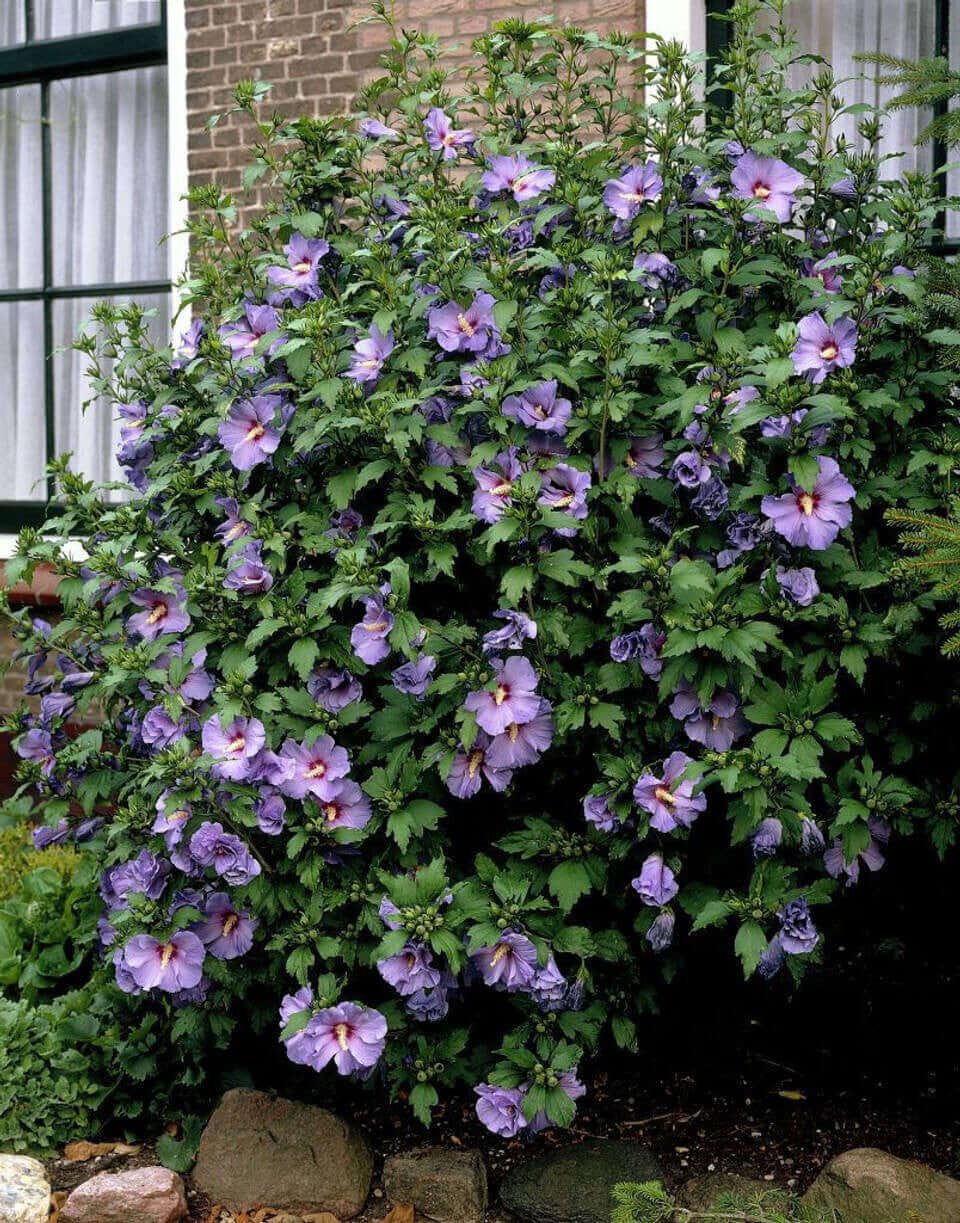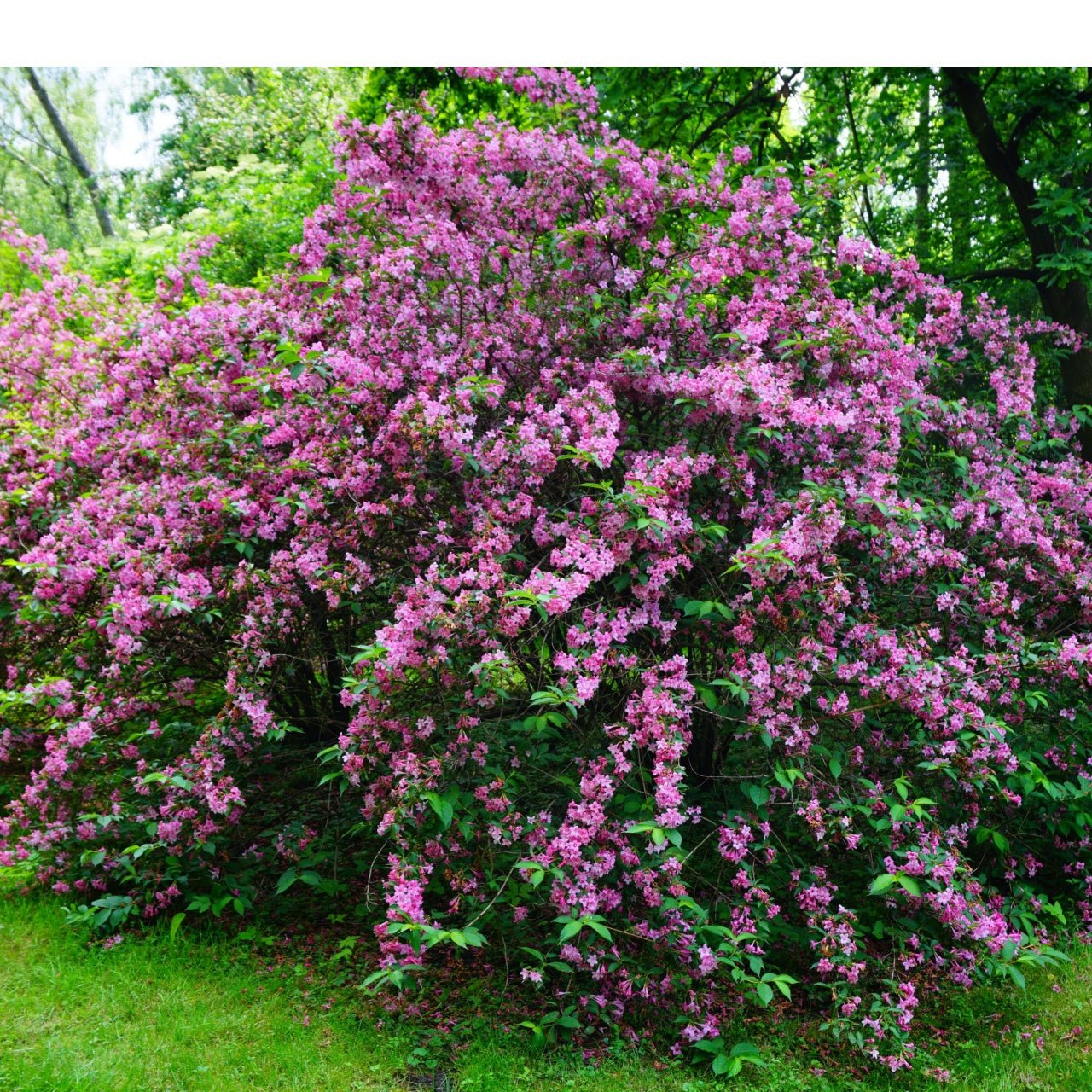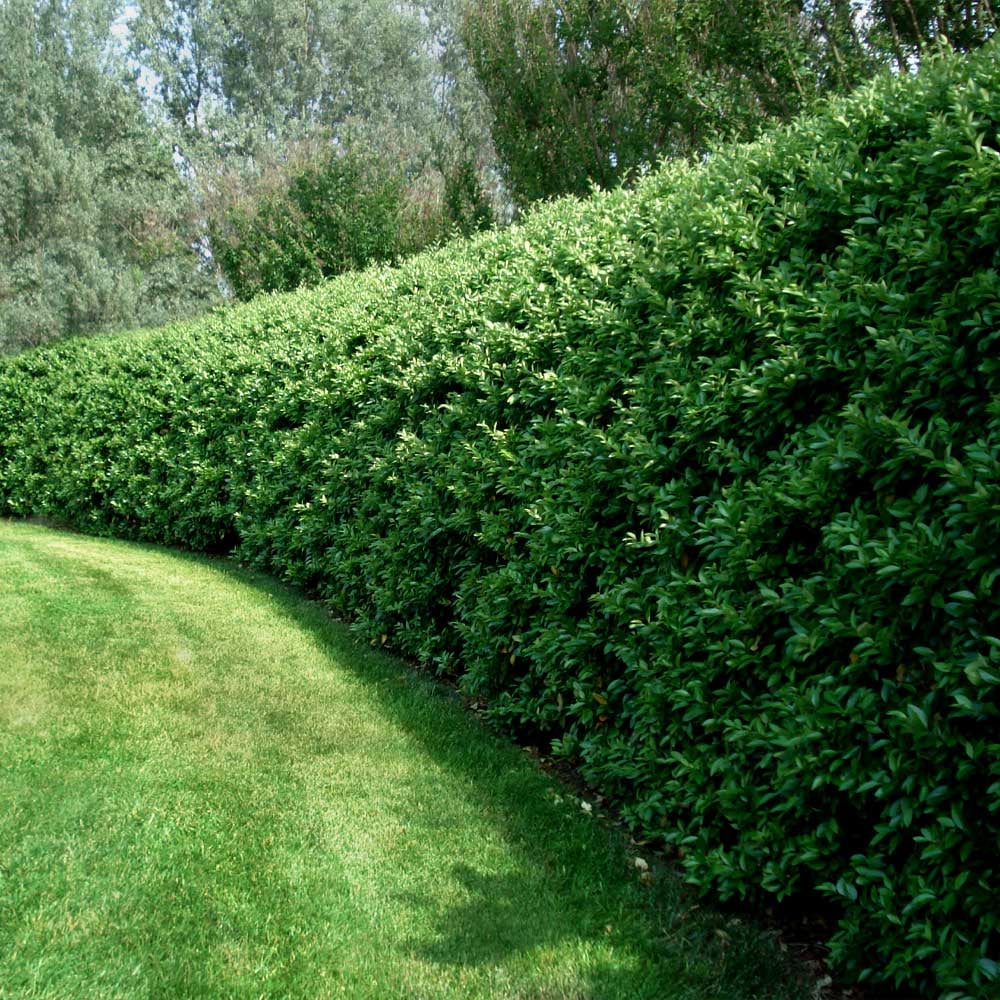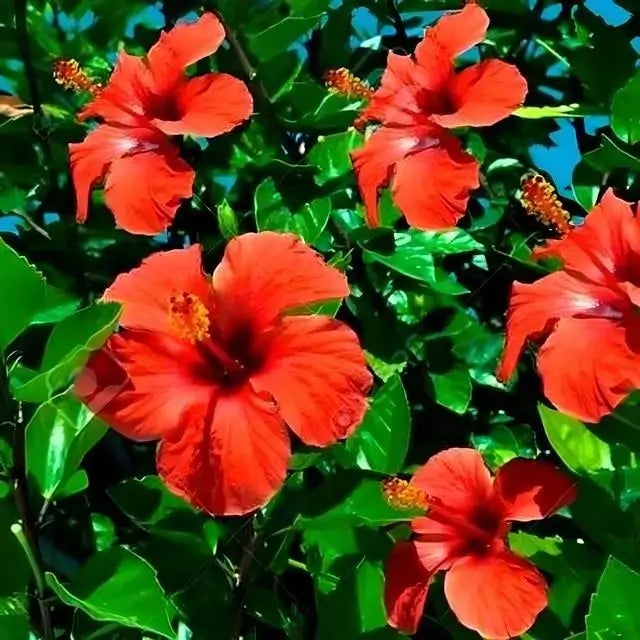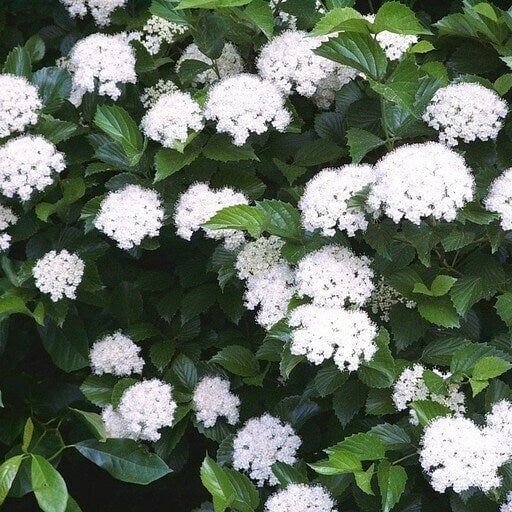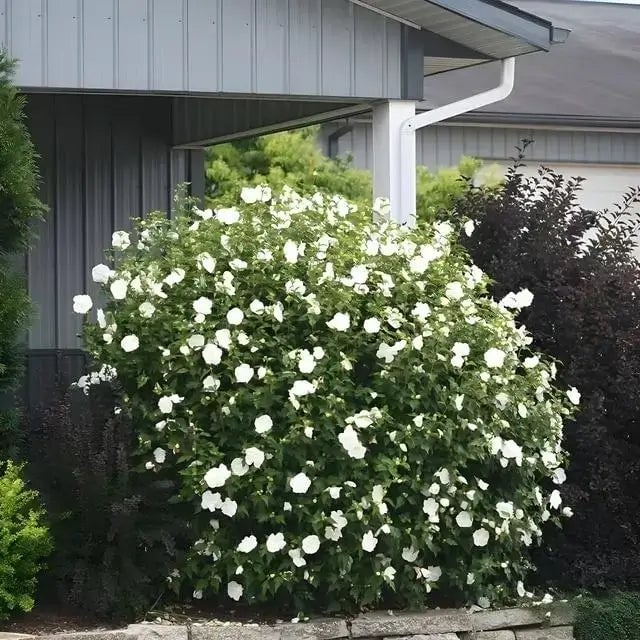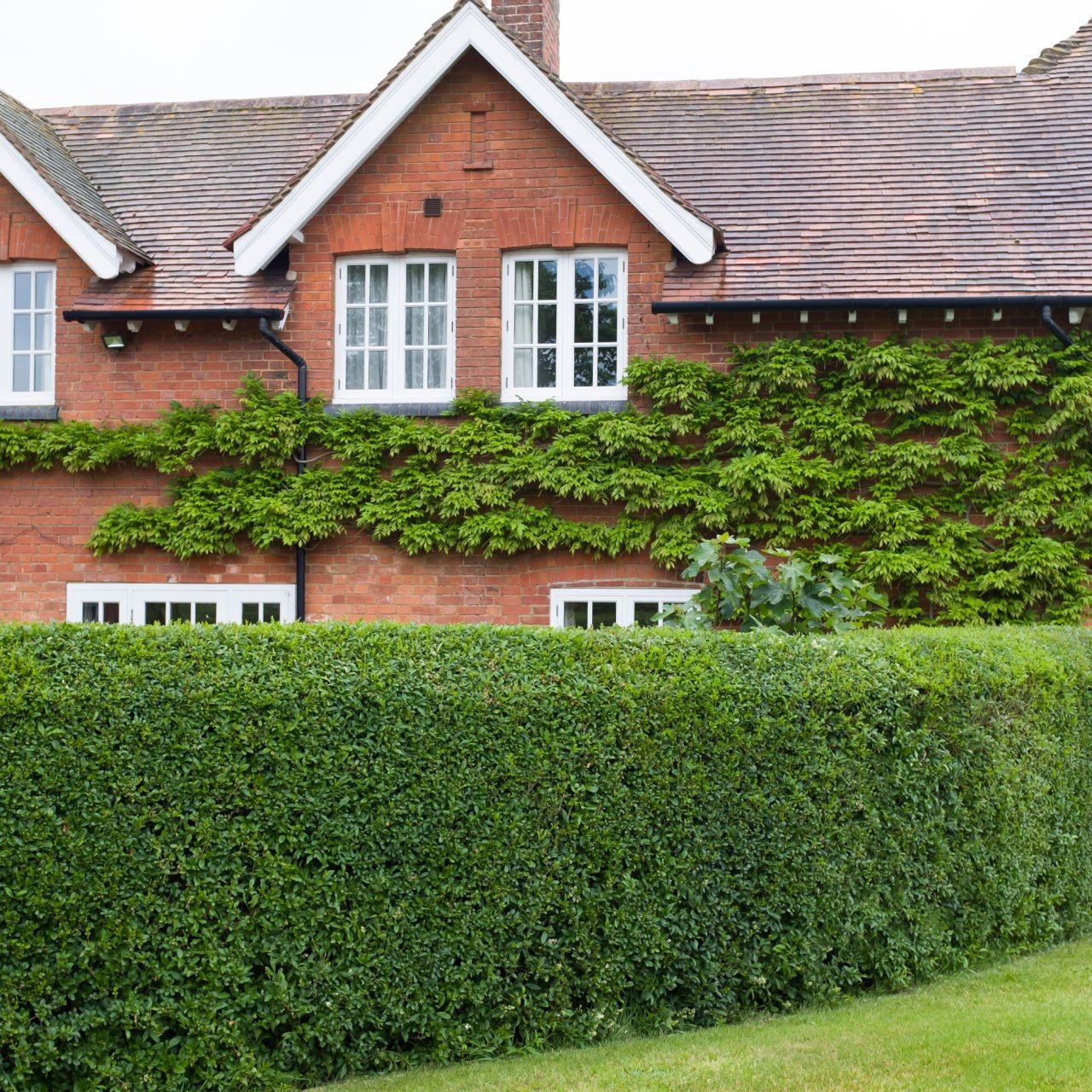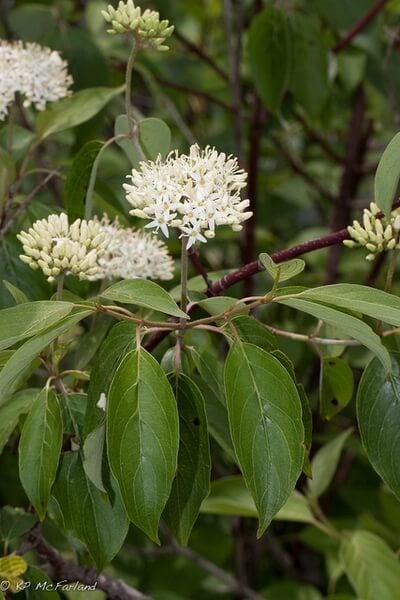Filters
Shrub Benefits in Landscaping
Shrubs are plants that grow into medium-sized trees and bushes in your garden. Most have a slight frame but compensate by forming a thick bush comprising several stems. They add functional and aesthetic qualities to your property and accent other plants well.
Shrubs come in different colors and shapes that you can use to beautify your property
They are the perfect template for skilled gardeners to add elegance to a landscape. Shrubs like pink spiraea to add color to your property with their beautiful pink flowers, while deciduous like Lilac shed leaves in the fall only to come alive in spring.
Some are evergreen, while others bloom in different seasons, producing colorful flowers that fill the air with a pleasant fragrance. Others can be manicured into elegant shapes that are pleasing to the eye and capture the imagination of visitors to your property.
Provides shade and shelter heat
Plant shrubs near your house will provide shade and blow cold air during the hot months. You can use them to block cold winter winds from entering your property. They are a great way of creating natural air conditioning on your property. They attract wildlife
A Floral Display
Shrubs perform several functions in the natural world and enrich the ecosystem in your area. Some produce thousands of flowers during the blooming season. These flowers attract butterflies, bees, hummingbirds, and other flora that love nectar. Others produce tasty fruits and seeds that deer and squirrels find irresistible.
Privacy Shrubs
Fencing your property Some shrubs, such as Privets and Euonymus, are great for hedging because they grow thick bushes quickly. When left untrimmed, it can grow up to ten feet. It is the ideal plant for enhancing privacy on your property. When using a shrub to create a hedge, plant it on the perimeter, leaving a few inches covered by the bush. You can also use shrubs to create subtle boundaries on your property. For instance, you could make a wall of shrubs around a secluded area where you can relax in complete privacy.
Cost Effificent and Beneficial
Unlike artificial fences, they do not degrade due to exposure to the elements. They conserve soil. Shrubs firm the ground in areas where it is loose and prone to erosion. Their deep roots hold several layers together, while the large canopy reduces the impact of raindrops.
You can plant them near streams and run-off terraces to protect the banks from erosion, especially during the rainy season. Add value to your property. Shrubs add value to your property by enhancing its aesthetic appeal, creating a refreshing aura, and attracting wildlife.
Raises a Home's Value
Real estate experts intimate that homes with excellent landscapes and manicured shrubs cost up to 20% more than those without floral enhancements. Shrubs also purify the air in your home by trapping dust and filtering carbon dioxide and other harmful substances. They also produce oxygen and other compounds that enhance your health and immunity. These qualities make such properties very attractive to buyers.


